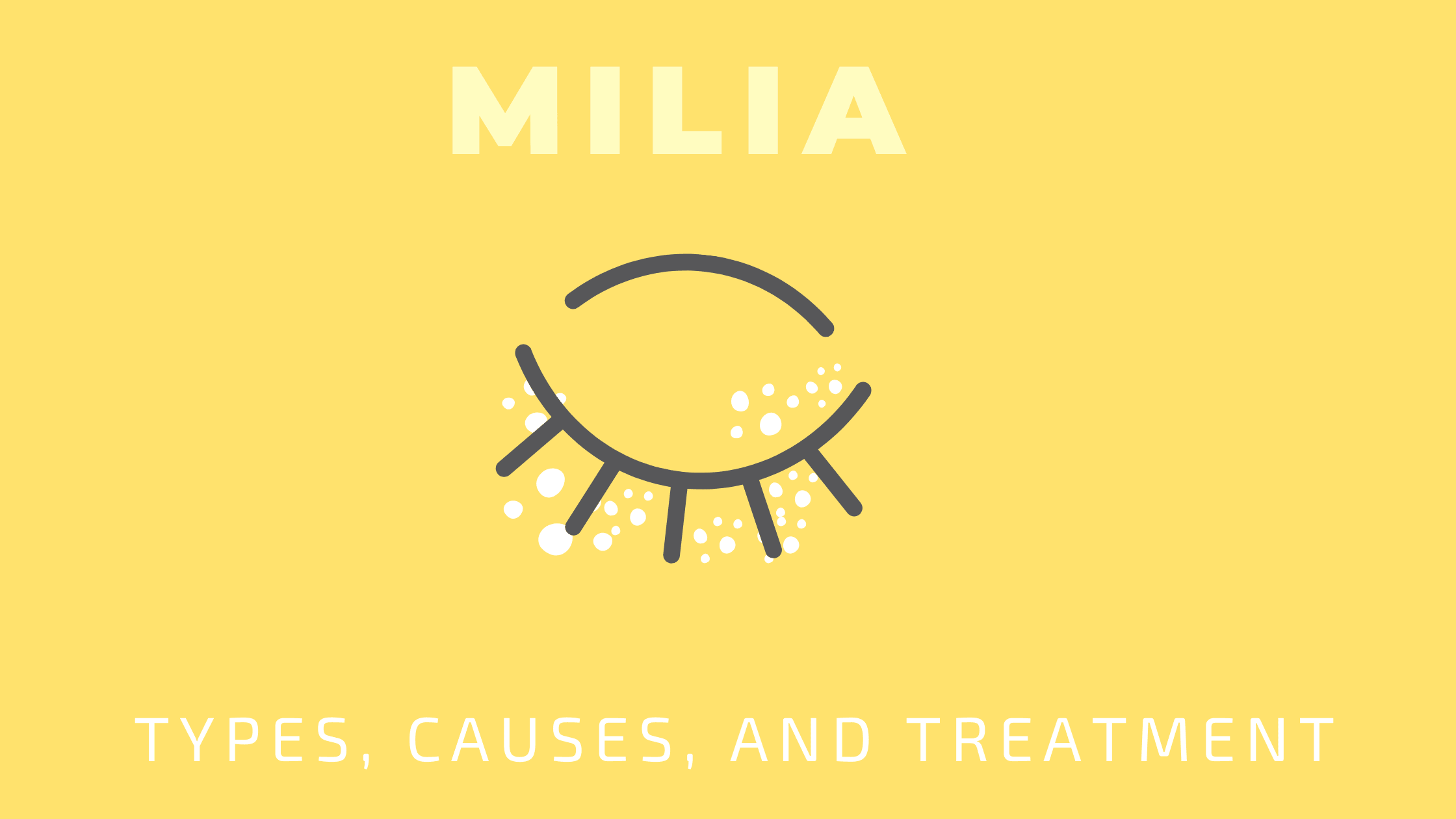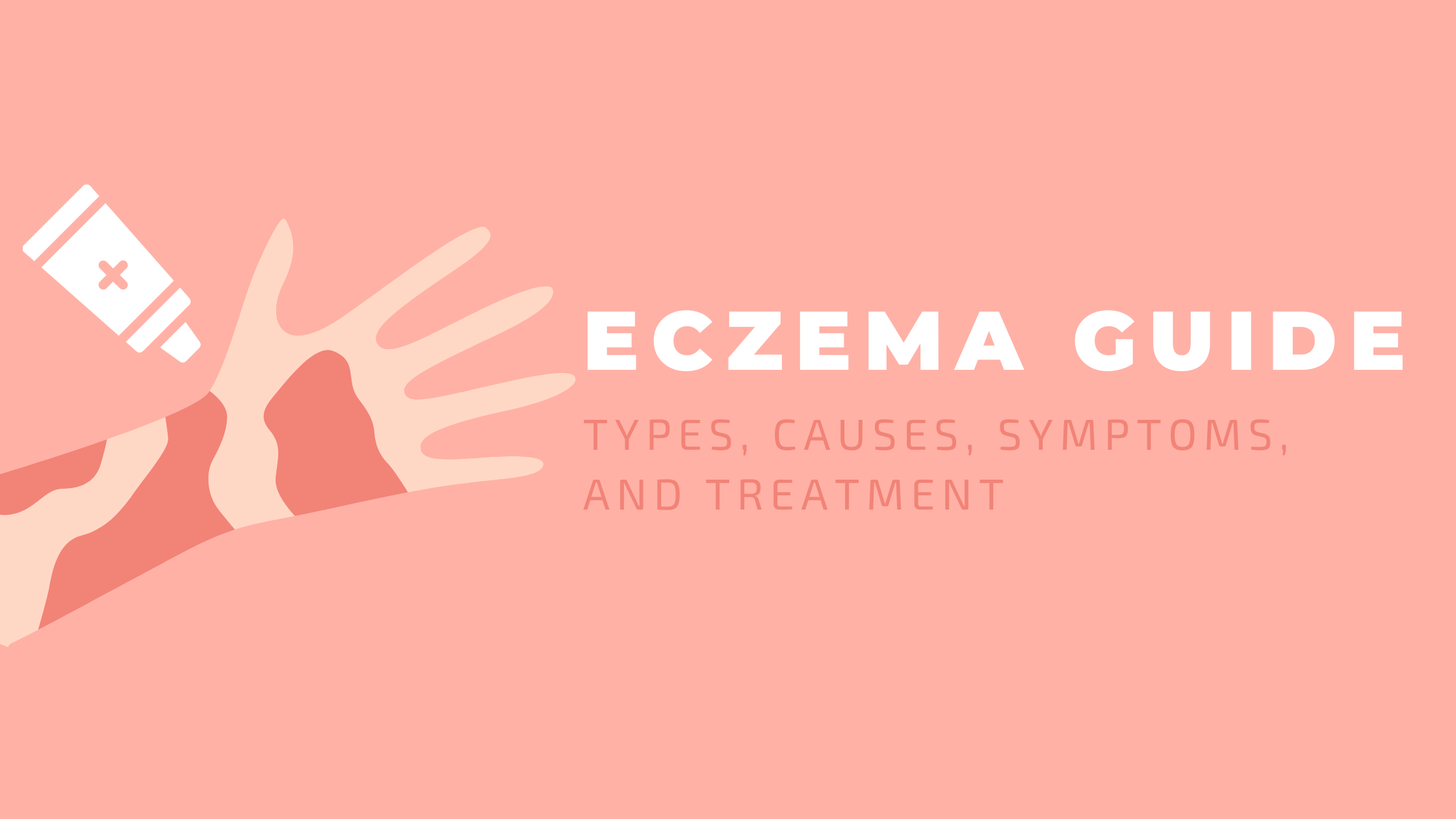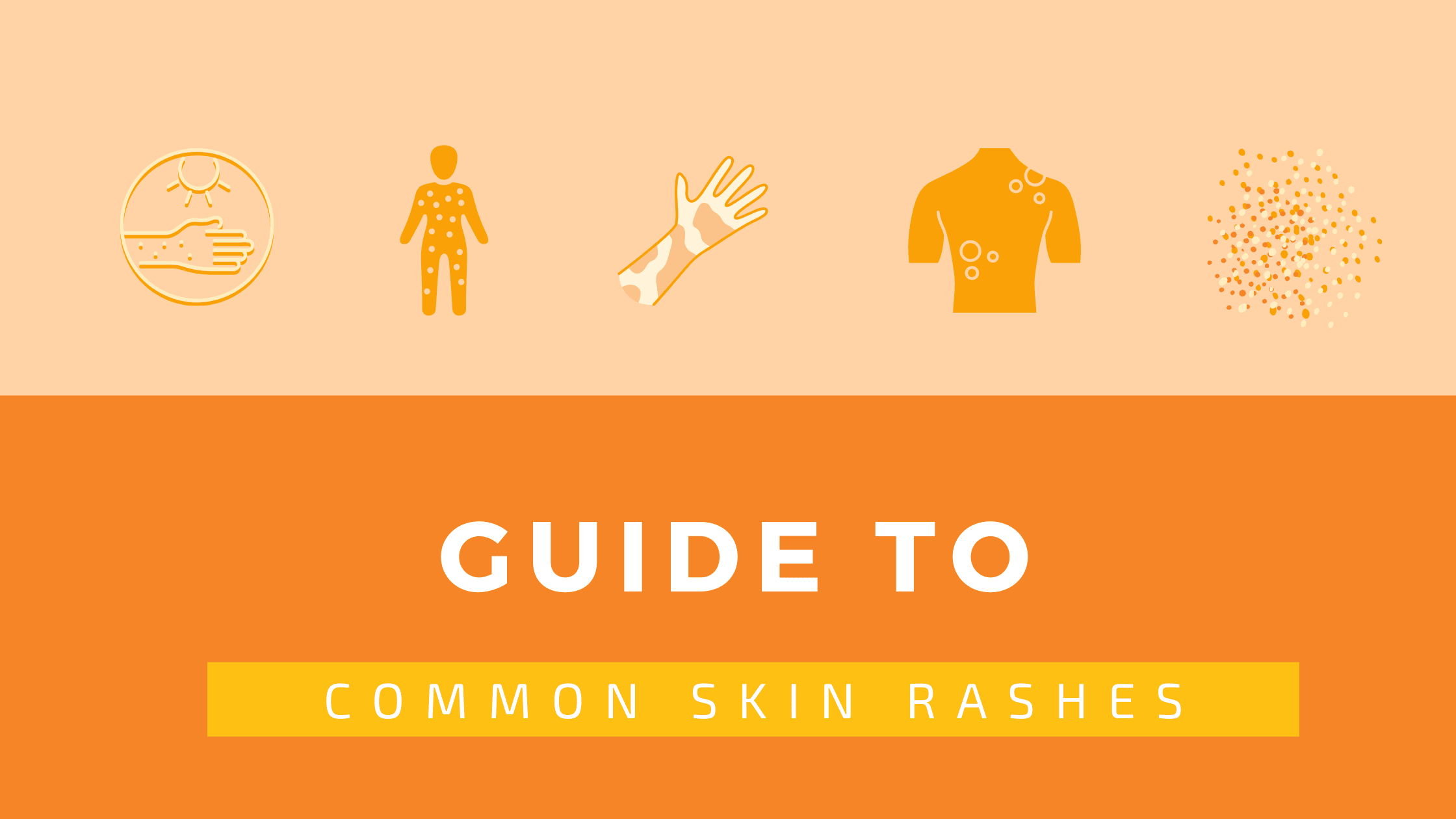
Milia Causes and Treatment
Milia bumps can be stubborn and resemble whiteheads, pimples or acne, but these tiny white or yellowish bumps or skin cysts have no similarity with these skin breakouts, except in appearance. Milia usually appear in groups and mostly in newborn, but can also affect people of all ages.
What Are Milia?
The medical term, milia represents a skin condition that results in the appearance of clusters of small, keratin-filled cysts. The bumps are white, firm, and tiny. Studies report nearly half of infants have milia. The bumps can appear on the face, eyelids, arms or hands. You may find these hard white bumps across your face, such as cheeks, nose, around the eyes and the chin. In infants, they can also appear on the gums or roof of the mouth. Milia can be specially frustrating when they appear on infants, since you'd like your baby to have flawless skin. While it's upsetting to see these hard bumps on infants, there is nothing to worry about, because they aren't painful or contagious. Melia bumps are difficult to get rid of, but understanding what they are and the cause, can help you manage them.
What Causes Milia
Milia occurs when dead skin gets trapped in surface pockets of the skin or tissues of the mouth. When the surface of the bump wears off, the dead skin will slough off, causing the bump to disappear. There are different types of milia:
-
Neonatal milia are seen in newborn babies after birth. The cause of milia in newborns is unknown. They appear around the nose, cheeks, upper body and inside the mouth. It's estimated about half of all babies develop this type of milia.
-
Primary milia may appear in children as well as adults. The bumps appear anywhere on the face and nose, around the eyes and even the palate. In infants, milia may be caused by surface glands, called sebaceous glands, that aren't fully developed.
-
Secondary milia develops after trauma or damage to the skin, such as burns, sunburn, contact dermatitis, or getting a tattoo. Other causes for secondary milia can be rough sheets or clothing that irritate the skin.
-
Milia en plaque are rare, but may appear behind the ears, on an eyelid or on the cheeks. They're larger than the other types of milia and may be associated with genetic or autoimmune conditions.
Milia Treatment and How to Get Rid of Milia
Besides their appearance, there aren't any symptoms common to milia. Some people report itching or some discomfort with milia. The small hard white bumps are diagnosed by their appearance, without any special tests.
While these pearl-white bumps of milia look like pimples and acne, they don't feel the same. Milia are firm and appear in non-oily skin areas such as around the eyes as well as oily skin areas of the face. With patience, milia clears up within a few weeks or a month without any treatment. The bumps are harmless, and although no treatment is needed, secondary milia may stay permanently.
If the appearance bothers you, never try to remove them by squeezing or picking at them. Your dermatologist can safely remove them without any need for anesthetic. Treatment options can include:
-
Laser treatment to destroy and erase them.
-
Dermabrasion can be used to remove the outermost layers of the skin to remove the bumps.
-
Chemical peeling burns off the affected areas.
-
Applying extreme heat (diathermy) or freezing (cryotherapy) the milia cysts to destroy them is another method of getting rid of the bumps.
Milia Home Remedies
Proper daily skin care routine for adults and keeping your baby's skin clean are crucial for preventing milia. You can also try these tips for keeping your skin and your baby's skin healthy:
How to Prevent Milia
-
Use SLS-free cleanser or a sulfate-free soap bar with warm water to wash with, specially for your baby's face.
-
Never poke, pinch or scrub the bumps, which can lead to infection or scarring.
-
Use skin care products formulated with non-irritating ingredients.
-
Sunscreen is a must when exposed to sun. Opt for a broad spectrum sunscreen with zinc oxide and titanium dioxide, which are natural and offer the most effective sunblock protection.
-
Don't use any lotions on your infant's skin, unless recommended by your doctor.
-
A gentle exfoliator used daily can help remove dead cells from your skin's surface.
-
Alcohol-free toner with AHA used twice daily can help treat milia.
Selected References
Ratnavel RC, Handfield-Jones SE, Norris PG. Milia restricted to the eyelids. Clin Exp Dermatol. 1995 Mar. 20(2):153-4
Berk DR, et al. Milia: A review and classification. Journal of the American Academy of Dermatology. 2008:59:1050



1 comment
Great article and insights on milia. It is important to shed light on this condition, as many often confuse it with whiteheads and getting proper treatment is important. Kudos to you for sharing such important information.
Dr.Tina's Skin Solutionz
Leave a comment
This site is protected by hCaptcha and the hCaptcha Privacy Policy and Terms of Service apply.